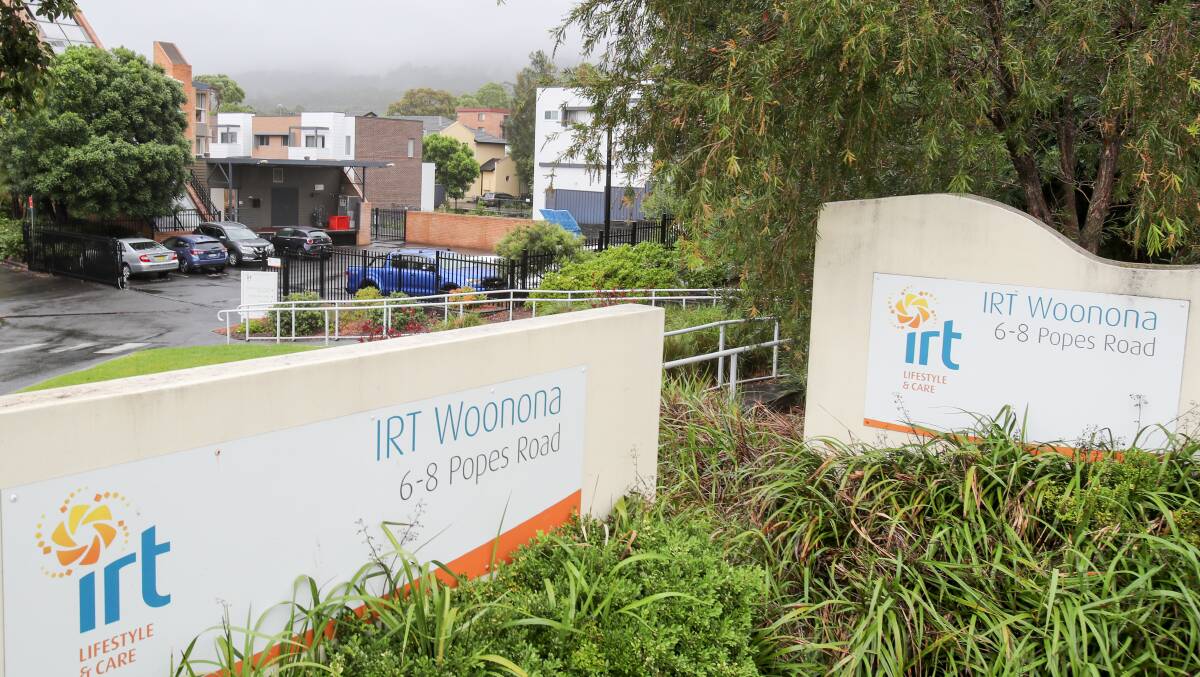
The death this week of a 90-year-old resident at Woonona IRT has ignited debate around the need for mandated nurse-to-resident ratios in aged care.
Subscribe now for unlimited access.
or signup to continue reading
David Phillips died on Tuesday night after he was allegedly bashed with a walking stick by a fellow resident in the high-dependency dementia ward.
The Mercury understands the 77-year-old alleged attacker has been removed from the facility, which houses around 180 residents.
NSW Nurses and Midwives’ Association general secretary Brett Holmes said the incident was “absolutely tragic” and more needed to be done system-wide to protect residents, and staff.
“Unfortunately it's not completely unforeseen,” he said. “We have seen incidents of resident-on-resident aggression at facilities across the country, and it has led to deaths in the past.
“Relatives are of course deeply affected as are other residents. Staff too are very affected as they build strong relationships with residents in their care.
“So we really need to make sure there’s enough staff in aged care facilities to minimise the risks of this occurring.”
As part of their ongoing campaign for mandated staff-to-resident ratios in aged care, the nurses’ union has been conducting audits of staffing levels at facilities across NSW in recent months.
“What we are finding is that many facilities have just one registered nurse and three other carers on duty overnight to care for all residents,” Mr Holmes said.
“There’s often only one carer in locked dementia units which is quite concerning and disturbing, as there’s the expectation that they can look after up to 30 residents who have dementia.
“But if there’s a disturbance at one end of the unit and a resident requires assistance, reassurance, redirection or coaching back to bed, then it’s impossible for them to be across what’s happening over the whole ward.
“That’s why we need proper staffing levels and the only way to get that is through legislated staff to resident ratios in aged care.”
Mr Holmes said while Australia had strict staff ratios for childcare, the Commonwealth Government had not put in place the same protections for elderly Australians.
“So when it comes to determining what the staffing needs are, it’s left up to operators to decide,” he said.
In a statement, IRT said the average number of residents at the Woonona facility was 184.
“Staff are rostered to each area of the aged care centre, including our secure dementia support unit, in accordance with the skills required to manage the care needs of individual residents,” the statement read.
“For this reason the number of staff at the centre on each shift will vary.
“Any further details about the sad incident which occurred at our Woonona dementia support unit cannot be shared while the matter is subject to a police investigation.”

